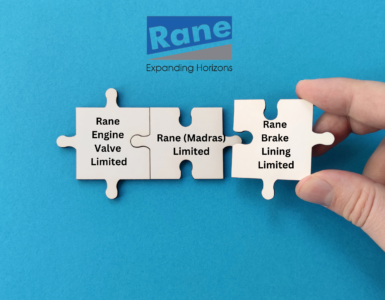After the conclusion of the restructuring, the management creates a road map for quick integration for higher rewards.
Many companies often recognize the need to restructure too late, when fewer options remain and saving the company may become difficult. However, after having done the restructuring, one must work out the integration process. In most cases, it is seen that a restructuring is successful when managers first understand the strategic problem or opportunity that their company faces.
Before doing any restructuring of the company, the management must look at (a) what type of restructuring is appropriate for dealing with the specific challenge? (b) How should the restructuring process be managed? And (c) what value will it create? The decisions and final steps that the management will take as a part of implementing a restructuring plan are often critical to whether the restructuring succeeds or fails. Many times disputes can take an ugly turn and the key challenge for the management is to find ways to bridge or resolve such conflicts. Failure to do so will make the restructuring may be delayed, or may not happen, to the detriment of all parties.
For publicly traded companies, the success of any restructuring will in all likelihood depend on how much it contributes to the company’s market value. The management cannot take for granted that investors will fully credit the company for all of the value that has been created inside. There are many reasons why investors may undervalue or overvalue a restructuring. Many companies have no prior experience with restructuring, so there is no precedent to guide investors. In most cases of restructuring, the management has to market the restructuring process to the capital market by disclosing information to investors and analysts that they can use to value the restructuring more accurately. In most cases, a restructuring can improve the company’s profitability by reducing costs and raising revenues. However, investors prefer cost reductions as compared to revenue growth as a reduction in cost will improve the margins and fetch higher returns in the long run.
Once the deal is closed, the challenges come to the fore. In the post-merger integration process, buyers are forced to unlock the announced value while integrating different functions, processes, systems and cultures. After the purchase process is complete, the focus of the management must shift to stabilizing the newly acquired company. Quite often the management realises they lack the necessary expertise or time to focus on restructuring efforts while also running the day-to-day operations of the company. In such a case, it is always better to take help from a professional team to help in the integration process.
The acquiring company often takes a long time to realise the expected synergies in the integration process. During the integration phase, any changes made should be closely linked to daily business activities and the company’s top management team must demonstrate strong leadership skills to keep everyone together. Given this confluence of events—a growing number of mergers and acquisitions combined with high failure rates—it is increasingly important that the management takes lessons on the ways and means to manage the integration process. One company to learn from is GE Capital Services—an organisation that has made more than 100 acquisitions, resulting in a 30% increase in its workforce, the rapid globalization of its businesses, and a doubling of its net income. In fact, many experts have underlined the fact that GE Capital has been working to make acquisition integration a core capability and a competitive advantage that will enable it to continue its growth in the future and benchmarks for other companies globally.
So, the buying company must realise that the process of integration begins with due diligence and runs through the ongoing management of the new enterprise.
We welcome your feedback and query in the comment box below.




